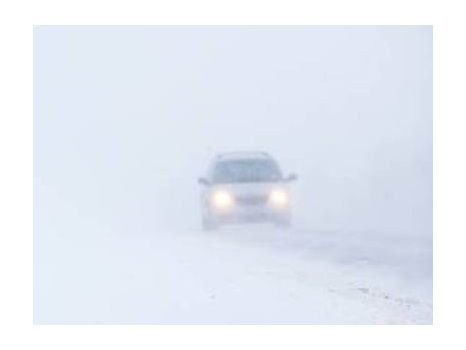Are Locally Targeted Podcasts The Next Audio Frontier?
- Inside Audio Marketing

- Oct 24, 2022
- 3 min read

At last week’s NAB Show New York, the second season of the true crime podcast “Cold” won the Marconi Award for best radio-produced podcast of the year. Created in a partnership between KSL NewsRadio (102.7, 1160) and KSL-TV as part of KSL Podcasts, a freestanding unit within Bonneville-Salt Lake City, the show is one example of how radio can successfully tap into the under-served local podcast market before non-radio media companies wrestle the opportunity away.
The first season of “Cold” took a year to produce, Sheryl Worsley, VP of Podcasting at Bonneville – KSL Podcasts, said during a session at the conference, evidence of the work required to succeed in the true crime category and the commitment the company has made to the medium.
Hubbard Radio has also been aggressive in the space. VP of Digital Strategy Jeremy Sinon said they have experienced “exponential growth, year after year,” in downloads and uniques. Hubbard’s portfolio ranges from time-shifted radio shows to original podcast-only shows. In Washington, it has had national success with the true crime series “American Nightmare,” which originated from reporting by WTOP-FM (103.5). The all-news powerhouse in April launched “DMV Download,” a daily news podcast. In Minneapolis, Purple Daily a daily podcast devoted to The Minnesota Vikings, is hosted by “Skor North” KSTP (1500) morning show hosts Judd Zulgad and Phil Mackey. “It probably took five years for the sales team to really figure out what this was but it's paying off now,” Sinon said. “That gives you a sense of the time investment and the grind it will take to build some of these things.”
While the market for local podcasts is far from saturated, the horse is out of the barn and national media companies are jockeying for position. The sports-focused Locked on Podcast Network has dozens of daily podcasts devoted to individual teams in the four major sports leagues, along with a slate of daily, personality-driven hometown-focused feeds in two big sports markets: Atlanta and Minnesota. It’s not alone. The Ringer has launched local sports-focused podcasts in New York, Philadelphia and Boston.
Graham Media Holdings’ City Cast is building a portfolio of locally focused news podcasts with companion newsletters in ten markets. “We've been hiring hosts who love their city more than anybody else and think it's more f-ed up than anybody else does,” said City Cast CEO David Plotz. “And they bring that passion and enthusiasm, and sometimes anger, to the microphone and help people feel more connected to their city.” City Cast doesn’t have the manpower to compete with local newspapers, radio and TV, Plotz added. And so far, the newsletters have grown subscribers at a much faster clip than the podcasts. The challenge has become converting newsletter subscribers into podcast adopters.
Slow Build
One of the top takeaways from the “What’s Your Local Podcast Strategy?” panel is local podcasts are a slow build. “No one said this is an instant thing,” said Amplifi Media CEO Steve Goldstein, who moderated the discussion.
And compared to radio, the audience numbers are smaller. “People that come from radio are used to these giant numbers like, ‘800,000 people listened to me in a week or whatever,’” Sinon said. “And then they start a podcast and it's a couple thousand.”
But patience has paid off. Hubbard is making money on local podcasts, although it varies from market to market. Some of its biggest daily shows get 200,000 monthly uniques.
Jason Barrett, owner and operator of Barrett Sports Media, said he has two client stations that make money from local podcasts but the numbers are small. “You have to look at it as a separate business,” he said. “It's a new opportunity to add additional revenue into your pipeline but it's not going to replace the radio revenue.”
Worsley had the panel’s soundbite quote. “If you don't try, it's worse than nothing,” she said. You’re opening the door for companies like City Cast to come in and fill the market hole.
‘It’s Not Radio’
Asked by Goldstein what have been their biggest hurdles, the panel consensus was the realization that podcasting is a different medium than radio. “It is not radio. The listening is different, the ads should be different,” said Worsley. While some P1 listeners will follow the station into the podcast space, it also attracts people who aren't listening to the radio. “The younger audiences are listening to podcasts more than they are the radio,” Worsley continued. “You want to make sure you're appealing to those folks as well.”
And Sinon expressed frustration with sales departments that don’t see value in podcasting’s smaller but more engaged audiences. “We have shows that have 50,000 to 80,000 uniques a month, that still aren't making money,” he said. “The salespeople are like, ‘I don't know if it's big enough yet.’ Are you kidding me? That's the size of a stadium full of people.”




Comments